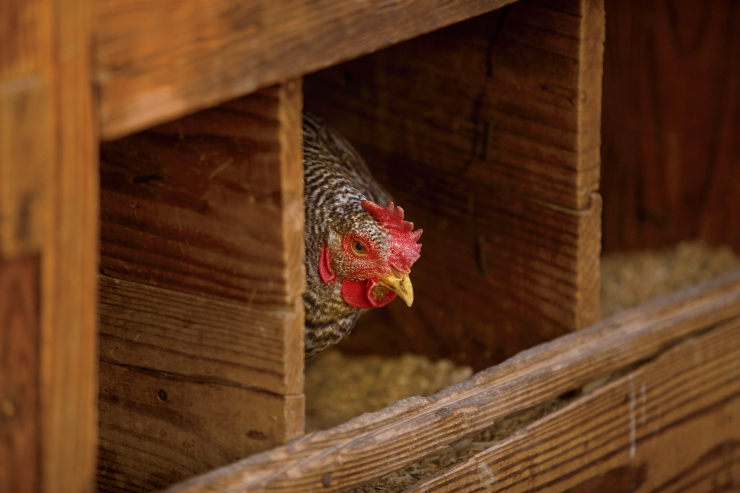
Free Range or Free Roaming
Poultry has been allowed access to the outdoors. This term does not apply to other animals raised for meat.
Cage Free
Laying hens live uncaged with unlimited access to food and water during the egg-production cycle, and they are able to roam within an enclosed area, though not outdoors. Typically, poultry raised for meat are not caged.
Grain Fed
A grain-fed diet for livestock includes a number of grains, such as corn, soybeans, oats, sunflower seed and many more. Livestock that are pasture fed in warmer months and grain fed in colder months (when forage is not generally available) are classified as grain fed.
Grass Fed
Grass or forage are the only food source for ruminant animals (such as cattle, sheep, bison and llamas) for their entire life after weaning. Their diet does not include any grain or grain byproducts.
Natural
Products labeled as “natural” contain no artificial ingredient or added color and are only minimally processed, which means the processing does not fundamentally alter the product.
No Added Hormones
This term only applies to beef, as hormones are never allowed in raising hogs, poultry, veal or exotic animals not subject to USDA inspection, such as bison. (The claim can only be used on the labels of pork or poultry when followed by a statement that says, “Federal regulations prohibit the use of hormones.”) For beef, the producer must provide sufficient documentation to the USDA showing that no hormones have been used in raising the animals.
Sources: U.S. Department of Agriculture and Mayo Clinic